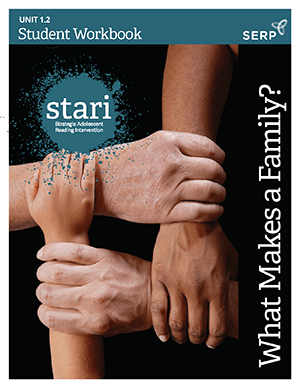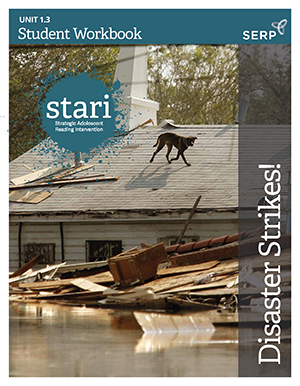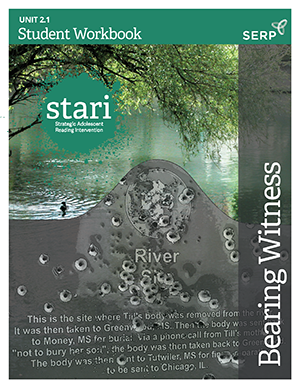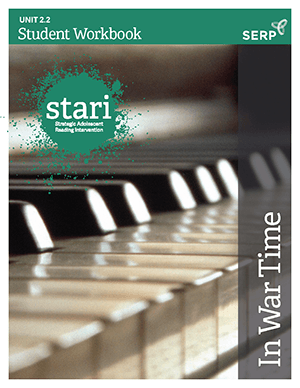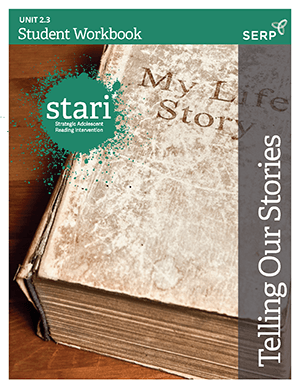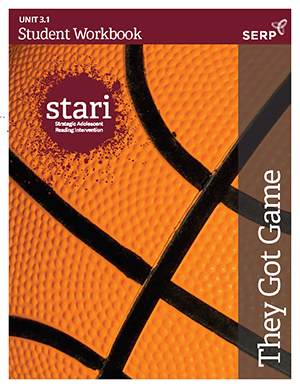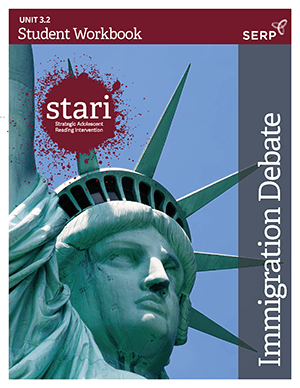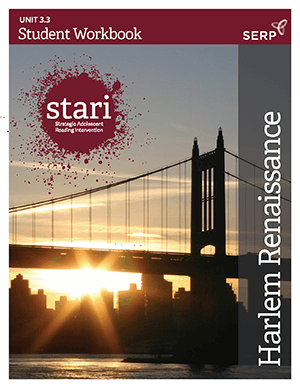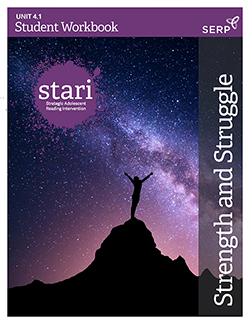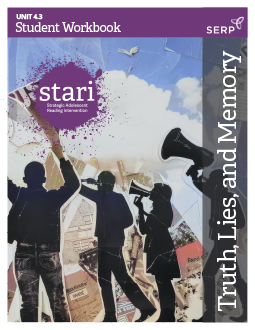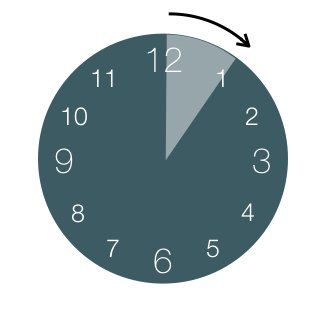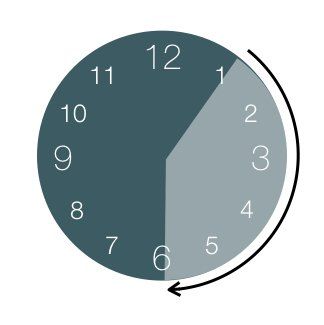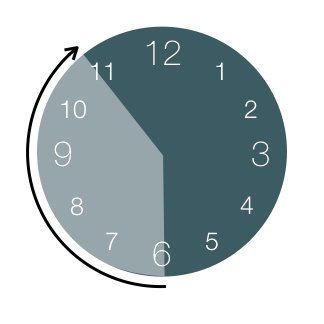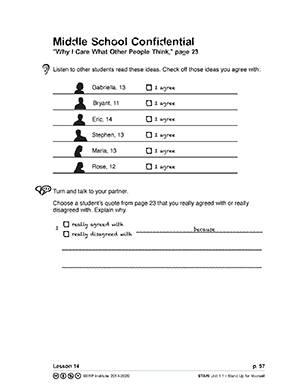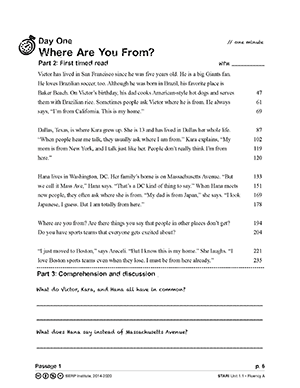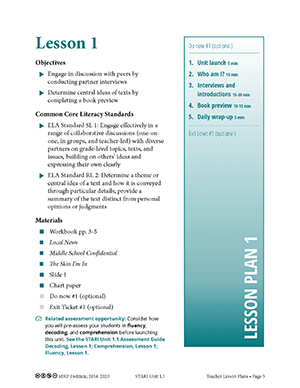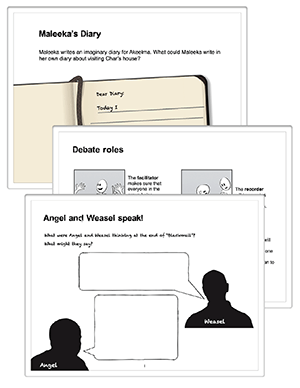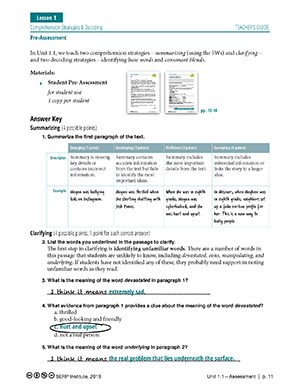STARI units are designed to be engaging and motivating for adolescents who read below grade level. Texts have been selected that are accessible to below-grade-level readers, but age-appropriate and engaging. STARI is a culturally responsive curriculum, focused on relevant, real-world topics. Students bring funds of knowledge that teachers may draw upon to have engaging and meaningful class discussions of text. Because STARI units include opportunities for debate, ideal STARI texts tend to focus on debatable, even controversial, topics. These texts and topics were carefully chosen to provide opportunities for respectful, structured debate.
Series/Unit Overviews
The STARI curriculum consists of four series, with Series 1 most frequently used with 6th grade, Series 2 with 7th, Series 3 with 8th or 9th, and Series 4 with high school students. Each series includes three units, with each unit’s lesson plans written for approximately 40 instructional days. All four series address similar reading needs, but the reading materials for each series are increasingly sophisticated (e.g., Series 2 is more sophisticated than Series 1).
The skills taught within each unit of a series build on each other from unit to unit, so units
within a series
should not be skipped or switched. However, if you feel that a particular text or unit is not the right fit for your students, you can swap out the unit for a unit within a different series,
but at the same point in the sequence. For example, if you don’t want to use Unit 2.1, you could use Unit 1.1 or 3.1 instead. If you don’t want to use Unit 1.2, you could use Unit 2.2 or 3.2 instead. The same sequence of skills are taught in each series, but the topics are slightly more sophisticated in the higher series.
STARI materials connect to sets of high quality nonfiction and fiction books at accessible challenge levels.
Series 1
Series 2
Series 3
Series 4
Sequence of a Typical STARI Lesson
sample of one lesson from a unit's teacher lesson plans


